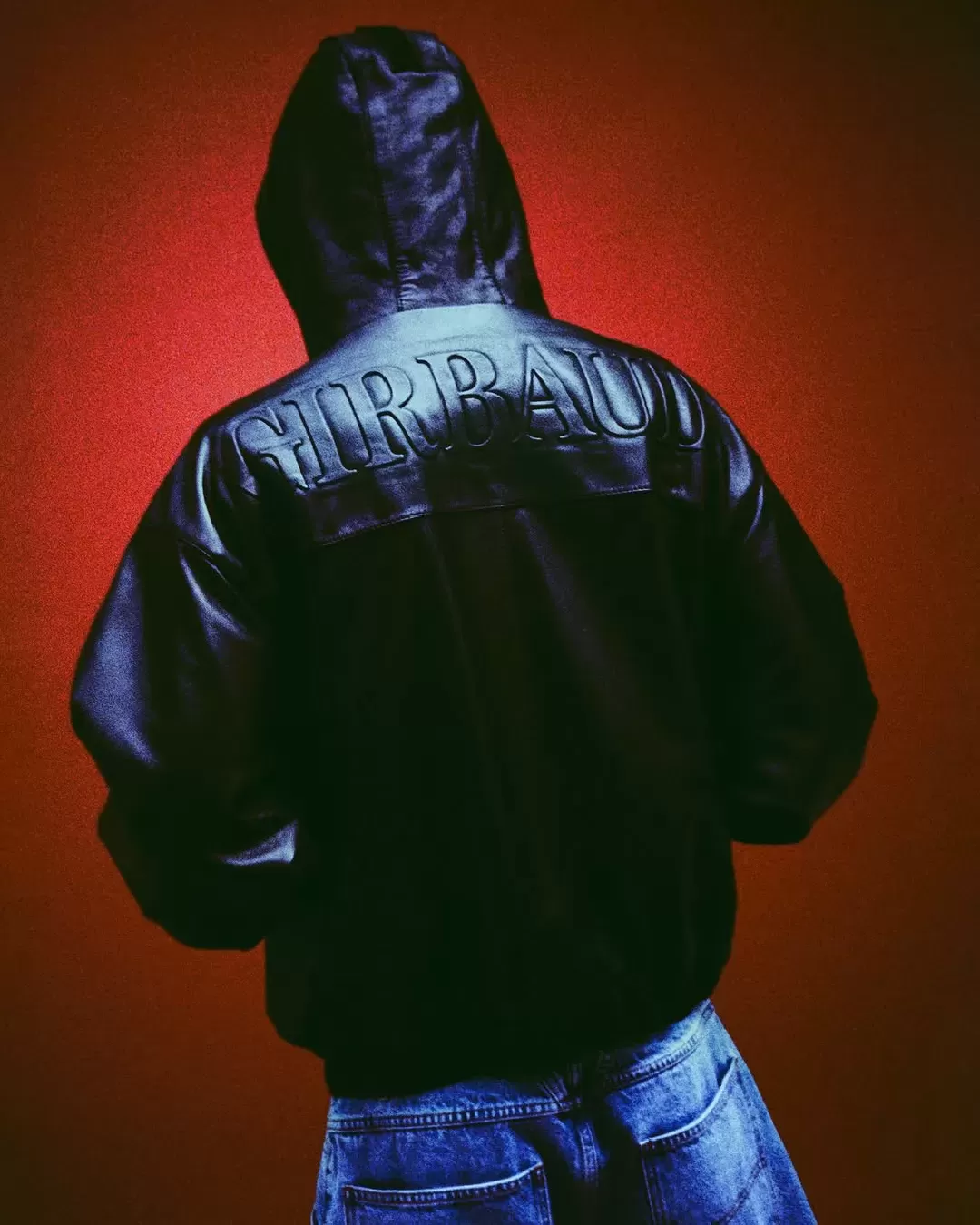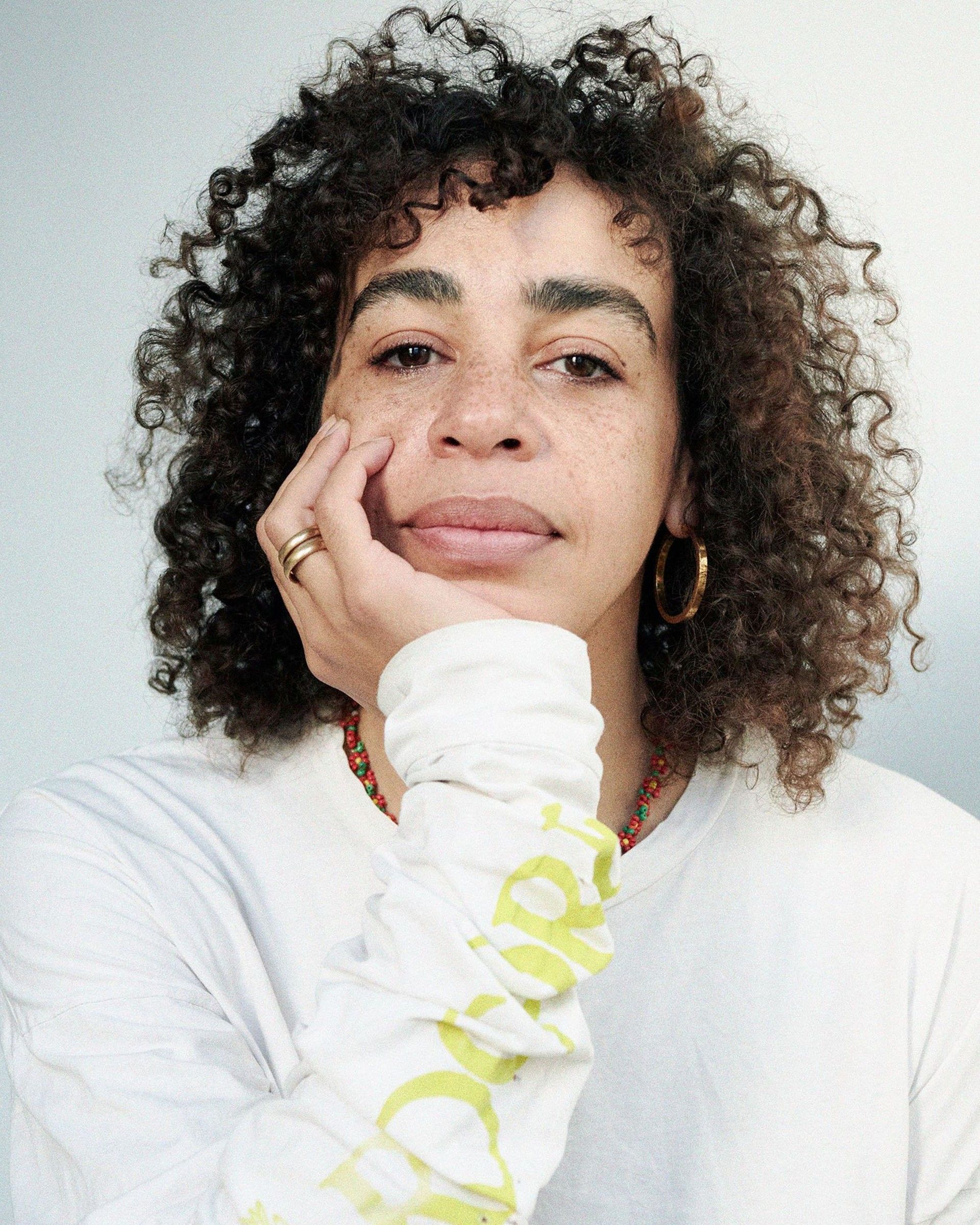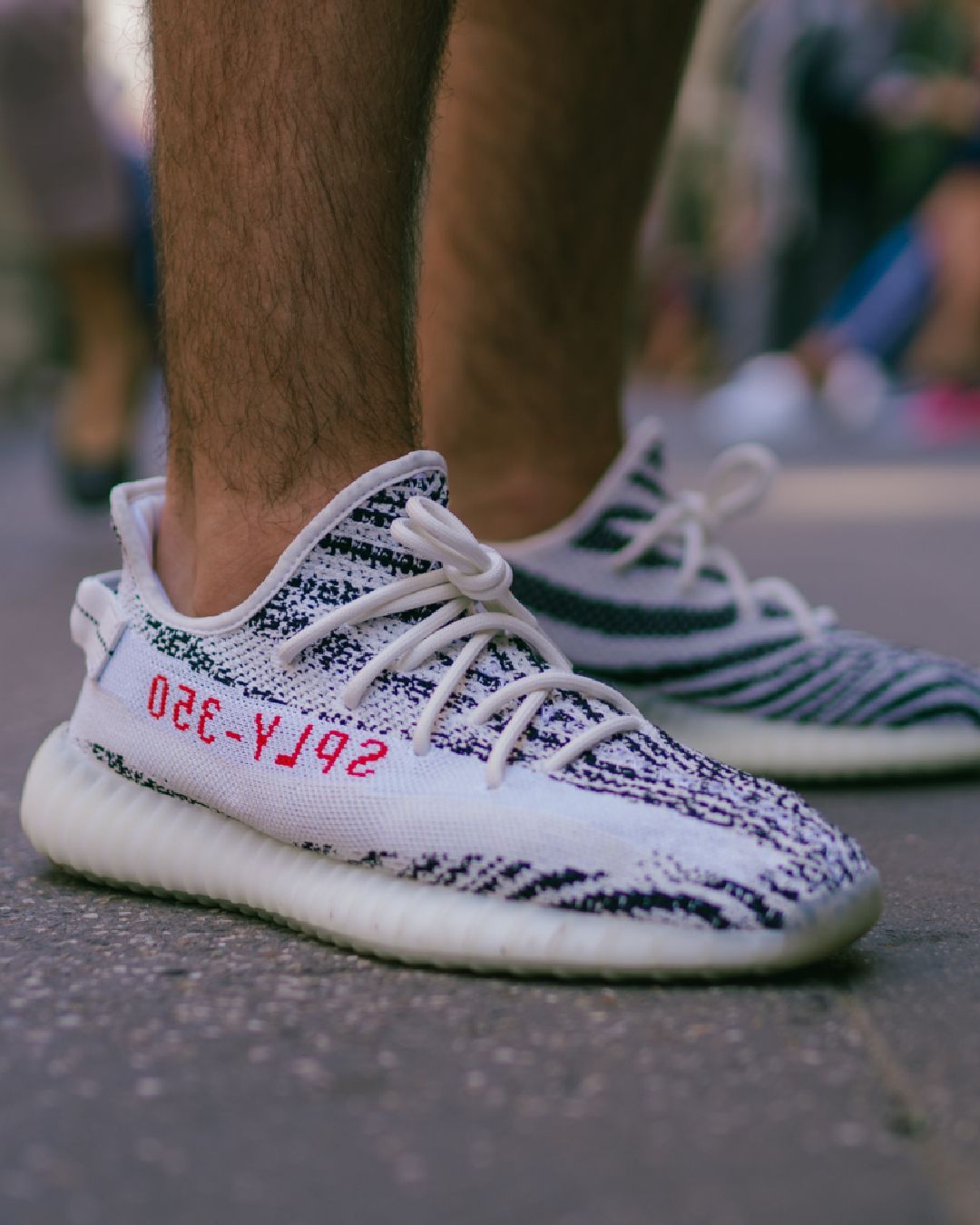
Tremaine Emory's systemic racism allegations at Supreme Yet further proof that fashion still needs to change for the better
Yesterday morning it was officially announced that Supreme’s creative director Tremaine Emory has decided to resign after a mere 18 months at the brand. As reported by BOF in his resignation letter, Emory cited systemic racism being at play within the structure of Supreme, which was the main reason for which he left. To this, the brand issued a statement in denial saying , «While we take these concerns seriously, we strongly disagree with Tremaine’s characterisation of our company and the handling of the Arthur Jafa project, which has not been canceled.» Since then, Tremaine took to instagram to speak more about his experience and the truth behind it. He started off with a post suggesting for his audience to read the book White Fragility by Robin DiAngelo and the difficulties with working and living in a system that is built to mainly benefit white heterosexual males. Following this, he made two additional posts where he gave some insight and explanation to exactly why he left which was primarily due to an incident regarding a collaboration with artist Arthur Jafa. «l left supreme because of systemic racial issues the company has from the treatment of the Arthur Jafa collab….. James [Jebbia] admitted he should have talked to me about cancelling images from because one of the few black employees in the design studio didn’t think that we should be putting out this collab because of the depiction of black men being hung and the freed slave gordon pictured with his whip lashes on his back.» He then goes on to comment on the BOF article in which the company denied his allegations, «Supreme's statement in the article is a lie to hide the systemic racism that lies deep within supreme and almost all white owned corporations. I wanted to work with supreme to change these things and instead I was told I was racially charged, emotional, and using the wrong forum by bringing up systemic racism in a meeting...»
Emory’s situation with Supreme not only represents him, but is an accurate reflection on the fashion industry today and the issues that plague it. Supreme, a brand that has long and explicitly profited off streetwear and Black culture, possibly more than any other brand throughout the fashion industry, hired a creative director for the first time in thirty years, who has resigned within the span of two years because he found an environment that was hostile to him. The main tragedy of it all isn’t the existence of the system racism, but it is the denial of it, and the refusal to address it. Systemic racism, formally known as institutional racism is the discrimination or unequal treatment on the basis of membership of a particular ethnic group (typically one that is a minority or marginalised), arising from systems, structures, or expectations that have become established within an institution or organisation. This means it is not necessarily the fault of one person or another, but is about the structures that exist within an institution, in this case Supreme, and from a larger perspective , the fashion industry. It is in regards to the people who built the industry or company (who are usually white) and what they choose to / or not to do to combat the prejudices that exist within the society from which they are influenced. Which goes to say, to claim to not be affected by systemic racism as a company in the fashion industry today is to not exist at all within the industry today. In this case if you are not actively fighting against the problem, you are inevitably a part of the problem, which is what many big brands fail to recognise or acknowledge.
the comments on the BOF post about Tremaine Emory leaving Supreme due to systemic racism show that the white folks never really got “it”
— LOUIS (@LouisPisano) August 31, 2023
Throughout the last few years, very few Black creative directors who aren't celebrities have been hired throughout the industry’s main luxury brands, and quite a few who have been hired, have left shortly after. Although there are many brands that claim to want to make these changes, they fail to understand that making these changes requires much more than hiring a Black Creative Director. Whether it relates to streetwear or not , fashion in general is extremely personal and is therefore intertwined with culture, and while the designer or the architect of a vision will have a first person understanding of their culture and the respect and execution it requires, if the people around him do not share this understanding, it can only be tumultuous. It requires an additional level of support that many of these companies seem to not understand how to give, which would actually be easier if they hire more Black people apart from the designer. For example, although this may be an extreme case, if Tremaine Emory as the creative director had a CEO or CMO who was also Black who saw the images of the collaboration of Black men hanging , it would be instantly understood why it would be culturally problematic for a white-owned corporation to release such a thing, but instead he wasn’t addressed directly until he decided to resign. Although on the surface, things seem to have shifted in regards to change throughout the industry, Supreme’s disregard and complacency throughout this experience should be taken as an example for other brands in the industry as much more changes have to be made in order to create an equal and more diverse industry. It is about more than hiring Black and Brown creatives, and more so about giving them the support they deserve to do the job correctly.















































